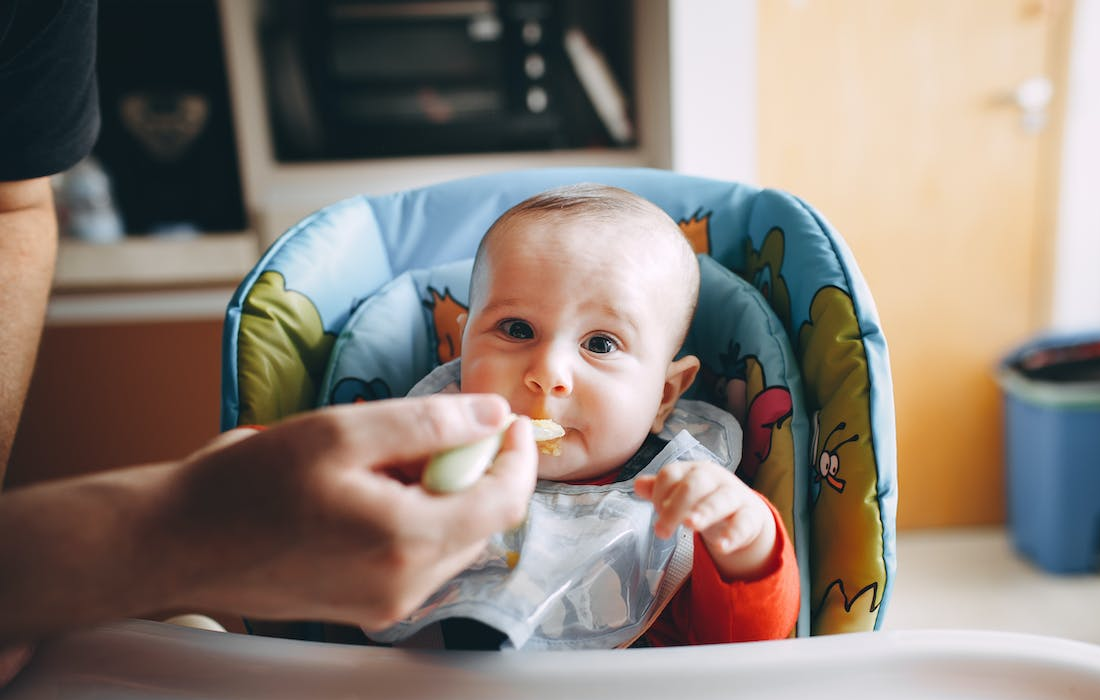Regenerative Medicine News and General Information
Microwaving Baby Food: Billions of Nanoplastics
The fastest way to heat food and drink might also rank as the fastest route to ingesting massive quantities of minuscule plastic particles, says new research from the University of Nebraska-Lincoln.
Experiments have shown that microwaving plastic baby food containers available on the shelves of U.S. stores can release huge numbers of plastic particles — in some cases, more than 2 billion nanoplastics and 4 million microplastics for every square centimeter of container.
Though the health effects of consuming micro- and nanoplastics remain unclear, the Nebraska team further found that three-quarters of cultured embryonic kidney cells had died after two days of being introduced to those same particles. A 2022 report from the World Health Organization recommended limiting exposure to such particles.
“It is really important to know how many micro- and nanoplastics we are taking in,” said Kazi Albab Hussain, the study’s lead author and a doctoral student in civil and environmental engineering at the University of Nebraska-Lincoln. “When we eat specific foods, we are generally informed or have an idea about their caloric content, sugar levels, other nutrients. I believe it’s equally important that we are aware of the number of plastic particles present in our food.
“Just as we understand the impact of calories and nutrients on our health, knowing the extent of plastic particle ingestion is crucial in understanding the potential harm they may cause. Many studies, including ours, are demonstrating that the toxicity of micro- and nanoplastics is highly linked to the level of exposure.”
The team embarked on its study in 2021, the same year that Hussain became a father. While prior research had investigated the release of plastic particles from baby bottles, the team realized that no studies had examined the sorts of plastic containers and pouches that Hussain found himself shopping for, and that millions of other parents regularly do, too.
Hussain and his colleagues decided to conduct experiments with two baby food containers made from polypropylene and a reusable pouch made of polyethylene, both plastics approved by the U.S. Food and Drug Administration.
In one experiment, the researchers filled the containers with either deionized water or 3% acetic acid — the latter intended to simulate dairy products, fruits, vegetables and other relatively acidic consumables — then heated them at full power for three minutes in a 1,000-watt microwave. Afterward, they analyzed the liquids for evidence of micro- and nanoplastics: the micro being particles at least 1/1,000th of a millimeter in diameter, the nano any particles smaller.
The actual number of each particle released by the microwaving depended on multiple factors, including the plastic container and the liquid within it. But based on a model that factored in particle release, body weight, and per-capita ingestion of various food and drink, the team estimated that infants drinking products with microwaved water and toddlers consuming microwaved dairy products are taking in the greatest relative concentrations of plastic.
Experiments designed to simulate the refrigeration and room-temperature storage of food or drink over a six-month span also suggested that both could lead to the release of micro- and nanoplastics.
With the help of Svetlana Romanova from the University of Nebraska Medical Center, the team then cultured and exposed embryonic kidney cells to the actual plastic particles released from the containers — a first, as far as Hussain can tell.
Rather than introduce just the number of particles released by one container, the researchers instead exposed the cells to particle concentrations that infants and toddlers might accumulate over days or from multiple sources.
After two days, just 23% of kidney cells exposed to the highest concentrations had managed to survive — a much higher mortality rate than that observed in earlier studies of micro- and nanoplastic toxicity.
The team suspects that kidney cells might be more susceptible to the particles than are other cell types examined in prior research.
The question of cell infiltration is just one among many that will require answers, Hussain said, before determining the true risks of consuming micro- and nanoplastics.
Sources:
Kazi Albab Hussain, Svetlana Romanova, Ilhami Okur, Dong Zhang, Jesse Kuebler, Xi Huang, Bing Wang, Lucia Fernandez-Ballester, Yongfeng Lu, Mathias Schubert, Yusong Li. Assessing the Release of Microplastics and Nanoplastics from Plastic Containers and Reusable Food Pouches: Implications for Human Health. Environmental Science & Technology, 2023; 57 (26): 9782 DOI: 10.1021/acs.est.3c01942
University of Nebraska-Lincoln. (2023, July 20). Billions of nanoplastics released when microwaving baby food containers: Exposure to plastic particles kills up to 75% of cultured kidney cells. ScienceDaily. Retrieved July 21, 2023 from www.sciencedaily.com/releases/2023/07/230720124925.htm
Photo by Helena Lopes from Pexels: https://www.pexels.com/photo/little-baby-eating-yummy-food-from-spoon-4409245/

